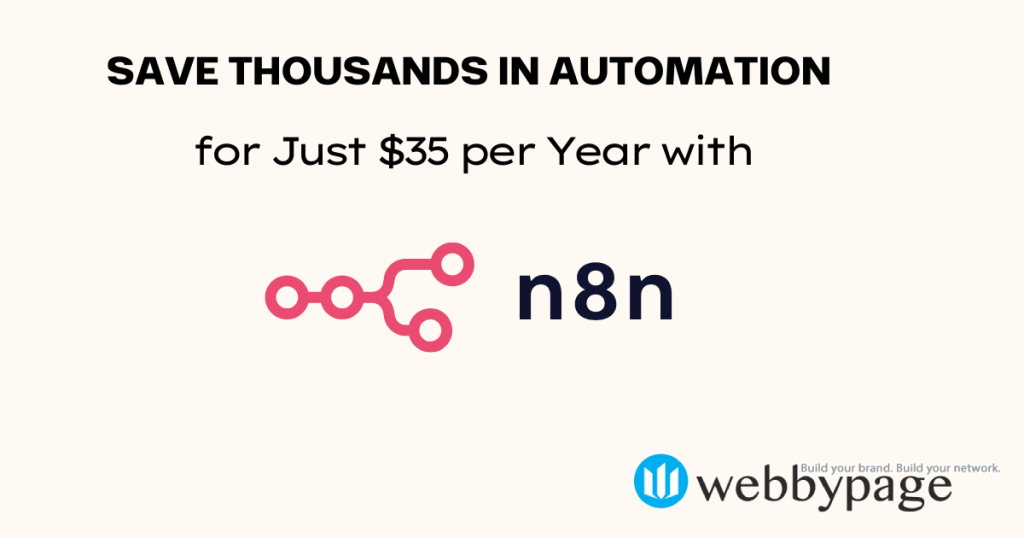
在今天快速发展的数码环境中,人工智能(AI)已经成为各种系统整合中至关重要的一环,以提高效率和改善用户体验。然而,实施 AI 不仅仅是部署一个模型,它需要一个周密的生态系统,无缝地处理数据流、模型服务和互动。在本篇博文中,我们将探讨“圈养 AI”的概念以及像 n8n 这样的工具在这个生态系统中自动化流程中扮演的关键角色。
Understanding the Overall Architecture Design
目标是通过开源工具打造一个管理数据流、模型服务和互动界面的封闭式 AI 系统。关键模块包括 AI 服务部署、数据管理、如 n8n 的流程自动化工具、用户界面以及安全和监控机制。
Tool and Technology Selection
– AI 服务:利用外部 API(如 OpenAI GPT)或部署本地开源模型(例如 Hugging Face Transformers).
– 数据存储和处理:使用 MySQL、PostgreSQL、Redis 和 MongoDB 等数据库进行结构化和非结构化数据存储。使用 Python 脚本或 Apache NiFi 等 ETL 工具进行数据清洗和转换.
Process Management and Task Scheduling
– 选择工具如 n8n、Apache Airflow 或 Node-RED 来管理数据流和任务自动化.
User Interface and Interaction
– 前端框架:React、Vue.js;后端框架:Node.js、Flask、Django.
Implementation Steps
1. Establish Infrastructure: Deploy databases, AI model services, configure automation tools like n8n, and set up security measures. – 建立基础设施:部署数据库、AI 模型服务,配置 n8n 等自动化工具,并设置安全措施.
2. Design Data Flow: Define data formats, sources, and responsibilities of each module within the system. – 设计数据流:定义系统内每个模块的数据格式、来源和责任.
3. Development and Testing: Write scripts for data cleaning, configure workflows in n8n, test performance and reliability. – 开发和测试:编写数据清洗脚本,配置 n8n 中的工作流程,测试性能和可靠性.
4. Deployment and Maintenance: Containerize deployment using Docker or Kubernetes, configure monitoring systems, and update AI models and tools regularly. – 部署和维护:使用 Docker 或 Kubernetes 实现容器化部署,配置监控系统,定期更新 AI 模型和工具.
Let’s continue to harness technology to shape a smarter and more connected world! 让我们继续利用技术,打造一个更智能、更互联的世界!

Leave a Reply